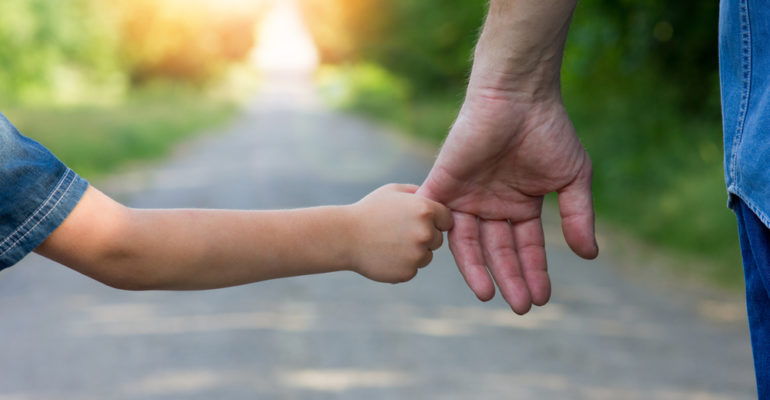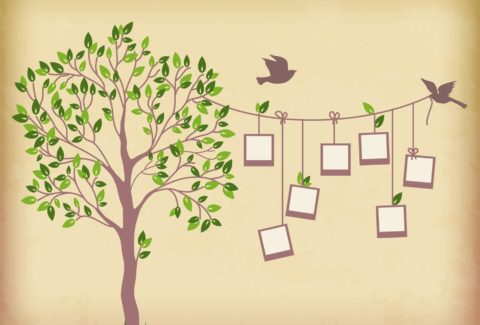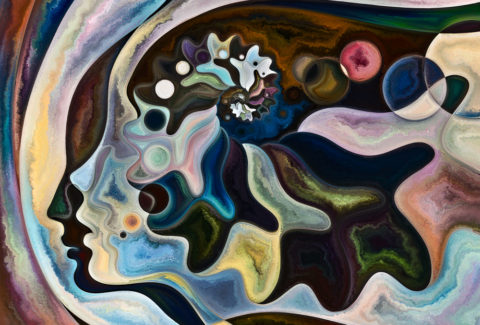Understanding Attachment Patterns
Attachment Theory, pioneered by psychologist John Bowlby, provides a profound framework for understanding the dynamics of human relationships. At the core of this theory are attachment patterns, which shape how individuals relate to others and navigate the world around them.[1] This article explores the concept of attachment patterns, their origins, and their impact on interpersonal relationships.
The Origins of Attachment Patterns:
Attachment patterns develop in early childhood through interactions with primary caregivers, typically parents or caregivers.[2] These formative experiences shape a child’s sense of safety, security, and trust in others. According to attachment theory, the quality of these early relationships lays the foundation for how individuals perceive and engage in relationships throughout their lives.[3]
The Four Attachment Patterns:
Attachment theory identifies four primary attachment patterns: secure, anxious-preoccupied, dismissive-avoidant, and fearful-avoidant.
- Secure Attachment:
Individuals with secure attachment patterns have a positive view of themselves and others. They feel comfortable expressing their needs and emotions and trust that their needs will be met by others. Securely attached individuals tend to form healthy, fulfilling relationships characterized by mutual respect, empathy, and support.[4]
- Anxious-Preoccupied Attachment:
Those with anxious-preoccupied attachment patterns often worry about rejection or abandonment and may seek excessive reassurance from their partners. They may experience high levels of anxiety and insecurity in relationships, fearing rejection or loss. Anxious-preoccupied individuals may be perceived as clingy or needy and may struggle with boundaries and self-esteem.[5]
- Dismissive-Avoidant Attachment:
Individuals with dismissive-avoidant attachment patterns tend to downplay the importance of close relationships and may avoid emotional intimacy.[6] They may prioritize independence and self-sufficiency over emotional connection and may struggle to express their emotions or rely on others for support. Dismissive-avoidant individuals may appear aloof or emotionally distant in relationships.
- Fearful-Avoidant Attachment:
Fearful-avoidant attachment patterns are characterized by a combination of anxious and avoidant tendencies. Individuals with fearful-avoidant attachment may desire closeness and intimacy but fear rejection or betrayal. They may oscillate between seeking connection and withdrawing from relationships, experiencing inner turmoil and ambivalence about intimacy.[7]
Impact on Interpersonal Relationships:
Attachment patterns profoundly influence how individuals navigate interpersonal relationships. Securely attached individuals tend to form stable, supportive relationships built on trust and intimacy. In contrast, individuals with insecure attachment patterns may encounter challenges in forming and maintaining healthy relationships, experiencing patterns of conflict, mistrust, or emotional distance.[8]
Healing and Transformation:
While attachment patterns are deeply ingrained, they are not set in stone. With self-awareness, introspection, and therapeutic support, individuals can heal from past attachment wounds and develop more secure attachment styles. Through mindfulness, emotional regulation, and communication skills, individuals can cultivate healthier relationship dynamics and foster deeper connections with others.
Conclusion:
Attachment patterns serve as a blueprint for understanding the complexities of human relationships. By recognizing and understanding our attachment patterns, we can gain insight into our relational tendencies and work towards creating more fulfilling and enriching connections with others. Through self-awareness, compassion, and intentional growth, we can rewrite the script of our attachment narratives and cultivate more secure and satisfying relationships.
Are you interested in delving deeper into Psychodynamic Psychotherapy? If so, discover whether our upcoming 6-week Psychodynamic Psychotherapy Certificate Course, commencing on May 7, 2024, is the right fit for you. Click here to learn more.
[1] Bowlby, Richard. “Fifty years of attachment theory.” Fifty years of attachment theory. Routledge, 2018. 11-26.
[2] Negrini, Lisa S. “HANDBOOK OF ATTACHMENT: THEORY, RESEARCH, AND CLINICAL APPLICATIONS Jude Cassidy and Phillip R. Shaver (Eds.), New York: Guilford Press, 2016, 1,068 pp., ISBN 978‐1‐4625‐2529‐4.” (2018): 618-620.
[3] Sutton, Tara E. “Review of attachment theory: Familial predictors, continuity and change, and intrapersonal and relational outcomes.” Marriage & Family Review 55.1 (2019): 1-22.
[4] Fearon, RM Pasco, and Glenn I. Roisman. “Attachment theory: progress and future directions.” Current opinion in psychology 15 (2017): 131-136.
[5] Cundy, Linda. Anxiously Attached: Understanding and Working with Preoccupied Attachment. Routledge, 2018.
[6] Milanov, Milen, Mark Rubin, and Stefania Paolini. “Adult attachment styles as predictors of different types of ingroup identification.” Bulgarian Journal of Psychology 1.4 (2013): 175.
[7] Dan, Orrie, Ghadir Zreik, and Sivan Raz. “The relationship between individuals with fearful-avoidant adult attachment orientation and early neural responses to emotional content: An event-related potentials (ERPs) study.” Neuropsychology 34.2 (2020): 155.
[8] Firestone, Lisa, and P. Shaver. “How your attachment style impacts your relationship.” Psychology Today (2013).









